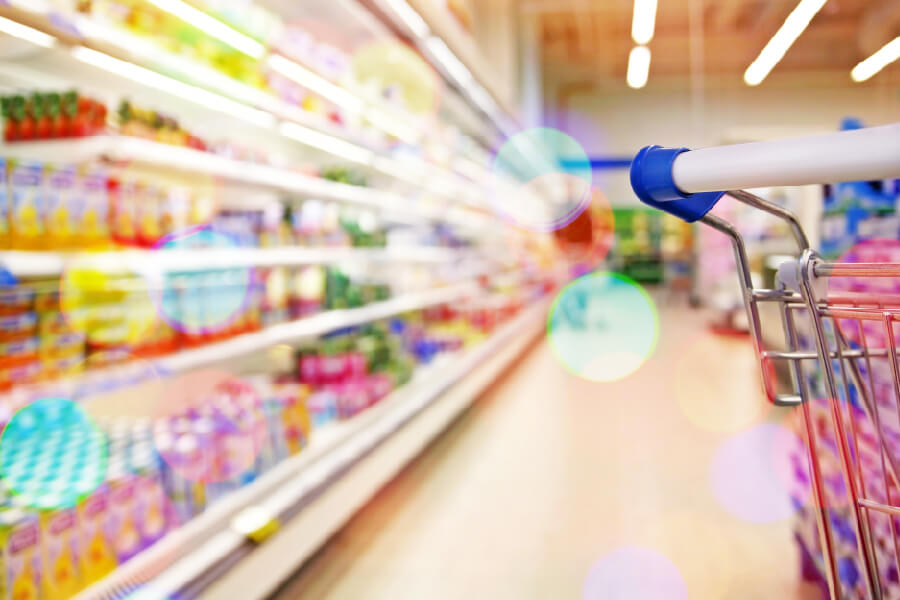The cold chain – i.e., the temperature-controlled supply chain – is at the heart of the global industries for pharmaceuticals, dairy and meat. Its long-term improvement has ensured that fewer products have their quality compromised or go to waste altogether.
Zion Research estimated 552.09 million cubic meters of goods passed through the worldwide cold chain in 2014 and that the total related market was worth more than $110 billion. It could more than double in value by 2021, reaching $271.9 billion.
The potential of combining the cold chain with IoT technologies
There are multiple drivers of this rapid expansion of cold chain logistics, most notably the emergence of the Internet of Things (IoT). IoT-connected sensors and other devices could supersede the inefficient patchwork of technologies currently deployed throughout many critical supply chains.
For example, USB-enabled temperature loggers often accompany cold chain shipments and have to be unpacked and connected to a PC to be read. The workflow is time-consuming, plus the devices themselves take up valuable space.
Within the IoT, technologies such as GPS and radio-frequency identification (RFID) can provide real-time information. Remote access to IoT devices also allows for more granular tracking of items as they move through the cold chain.
What this combination could mean for the retail industry
As we noted earlier, the cold chain is most closely associated with specific products like prescription drugs and milk. At the same time, its importance in the retail industry has also dramatically increased in recent years as retailers have looked to expand into areas such as grocery delivery.

Retailers are upgrading their IT system and supply chains to support better handling of items such as frozen foods.
Online food delivery
Americans only buy 2 percent of all of their food online and most of that consists of shelf-stable items such as bottled water and coffee, according to The Wall Street Journal. However, the volume of perishable and frozen goods being delivered will inevitably increase as online food shopping becomes a bigger market.
The Food Marketing Institute and Nielsen have projected it could be a $100 billion opportunity by 2025. By then, more than 70 percent of grocery shoppers are expected to conduct at least one-quarter of their shopping online. That ups the ante for a more reliable cold chain going forward.
At the moment, satisfaction with delivered frozen items in particular is low. Frozen & Refrigerated Buyer noted that 25 percent of individuals who bought food online were not satisfied with the quality of what they purchased. The situation illustrates how the last mile in the cold chain is still in need of further improvement, despite the notable advances elsewhere in the ordering process.
Perimeter sales
It’s not just consumers who lose out when the cold chain doesn’t live up to expectations. Grocers themselves have become increasingly reliant on perimeter sales, i.e., products from delis, bakeries, produce, seafood and other segments providing fresh and perishable items.
The perimeter may already account for half of supermarket sales. Plus, it is expected to remain a major growth area since – as our previous discussion of issues with frozen goods – is the one most resistant to online competition.
Ensuring the profitability of fresh food requires a tightly controlled cold chain. Implementation of GPS, RFID and IoT sensors provides a strong basis for a more predictable supply chain, but properly integrating everything and bridging the divide between new and old systems requires expertise. As proven experts in supply chain management, Inspirage is prepared to help retailers modernize their cold chains for the IoT. Contact our team today or check out our resource center for additional information.